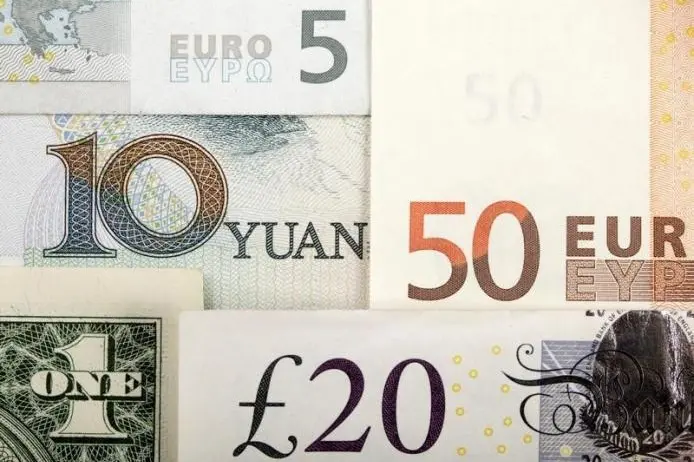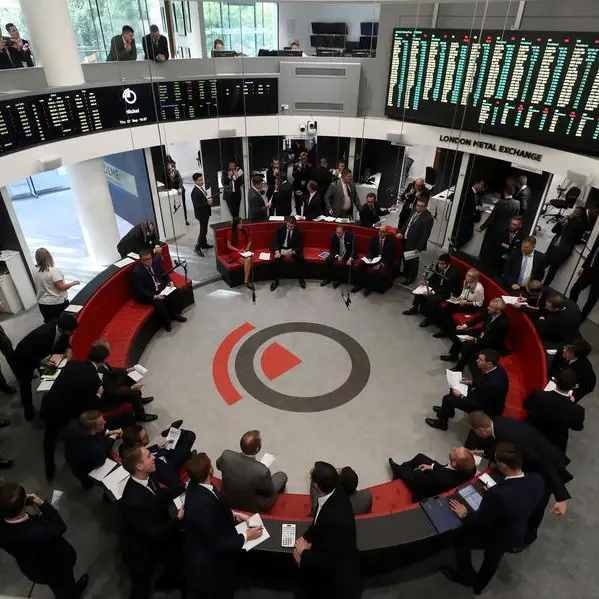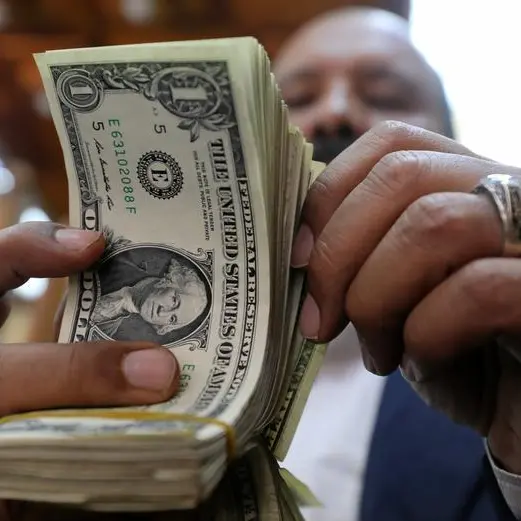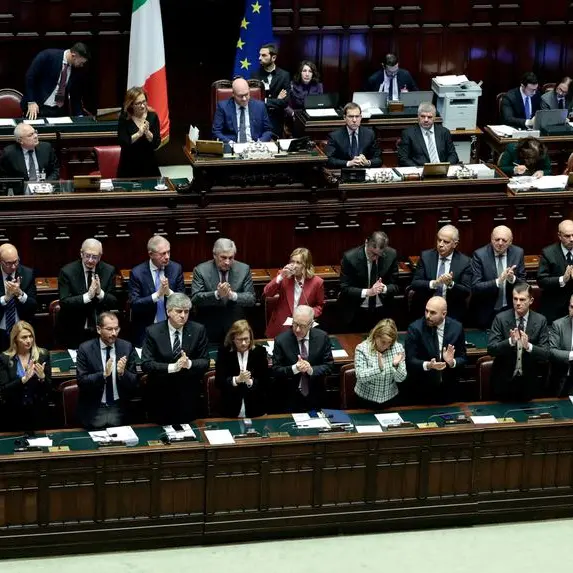PHOTO
(The opinions expressed here are those of the author, a columnist for Reuters)
LONDON - Far from soothing anxieties about mounting sovereign debt, the world's biggest economies appear to be doubling down - almost goading bond investors into ratcheting up the cost of the borrowing even as central banks pare back interest rates.
If these fiscal afterburners do spur economies as intended and elevate inflation rates into the bargain, it could well crimp central banks' willingness and ability to ease any debt market indigestion by lowering official rates much further.
And if that market discomfort starts to look more like a heart attack than trapped wind, central banks may soon be forced to halt the runoff of debt from their bloated balance sheets to stabilize their sovereign patients.
While these may be considerations for next year rather than this, the scene is being set by new and old leaders alike.
NEW DEBT WAVE
With U.S. budget deficits already close to 7% of GDP, Donald Trump's return to the White House and likely Republican control of Congress means his tax cut proposals are now firmly on the table.
If you believe the central estimate of the nonpartisan Committee for a Responsible Federal Budget, those spending and tax pledges could increase U.S. debt by $7.75 trillion through 2035 - on top of the near $36 trillion already outstanding.
Last week, Britain's new Labour Party government detailed its new tax and spend budget that squared the books with extra borrowing almost 142 billion pounds ($184.4 billion) more over the next five years than previously estimated.
And Germany's traditionally more restrained borrowing limits looked under pressure this week too, as the ruling coalition collapsed while Chancellor Olaf Scholz pushes to increase debt issuance to finance a package to revive the German economy.
Even before any new German debt push sidesteps its national "debt brake" again, euro zone government borrowing was already starting to look irksome just as the European Central Bank plans next year to halt re-investments from its huge bond holdings.
While sales of euro zone government bonds next year are estimated to be a shade below 2024's 1.294 trillion euros, according to Bank of America, the figure net of redemptions and ECB buying could hit a new record north of 670 billion euros - 100 billion euros higher than this year.
And then there's China - in the throes of an unprecedented public borrowing spree to support the world's second-largest economy from the effects of a property bust and looming trade wars with the United States and Europe.
China's top legislative body, the Standing Committee of the National People's Congress, this week considered approval of at least 10 trillion yuan ($1.4 trillion) in extra debt over the next few years. That fiscal package is expected to include 6 trillion yuan raised via special sovereign bonds.
'DEBT AT RISK'
And all these new moves in just a fortnight come after a series of international warnings about debt levels.
Only last month, the International Monetary Fund estimated global public debt would top $100 trillion this year and rise further in the years ahead.
What it modeled as a "severely adverse scenario" risked exploding global debt by up to 20 percentage points above its baseline scenario to some 115% of global GDP in three years.
That three-year "debt at risk" level was as high as 134% for developed economies and 88% for emerging markets.
The so-called adverse scenarios included possible growth or interest rate shocks.
While it did not specify where they may come from, it is not hard to imagine consequences of a global trade war or geopolitical blowup that produce a re-acceleration of inflation.
"Much larger fiscal adjustments than currently planned are required to stabilize - or reduce - debt with high probability," the IMF's Fiscal Monitor report said. "Now is an opportune time for rebuilding fiscal buffers and delaying is costly."
Clearly, not many governments were listening that closely - arguing fiscal loosening can be justified by investment that builds growth capacity over the long term or that efficiency drives and trade tariffs make up the shortfalls.
Fiscal limits seem off-limits for many, however.
MARKET IRRITATION
For the bond markets themselves, it is still discomfort rather than the emergency room so far.
U.S. Treasuries were clearly spooked somewhat by the election outcome - even if ongoing Federal Reserve easing has contained the moves and bond volatility has retreated from one-year peaks.
Yields hit their highest in four months, however, with inflation expectations at their highest in over a year and long-term Treasury "term premia" creeping to their highest in a year too.
British gilts had a serious post-budget wobble, with 10-year borrowing rates hitting the highest in a year and only capped as the Bank of England pared back rates again this week too.
Germany's political crisis also saw bund yields climb to four-month highs despite the sputtering economy and ongoing ECB easing. Reflecting agitated risk appetite, the German 10-year asset swap spread flipped negative to the tune of 6.7 basis points, the most negative in 20 years.
And yet none of these are crisis levels yet - demand at bond auctions seems adequate so far and easing interest rates cosset fixed income for now.
The real test of the burgeoning new debt supply lies ahead - not least when the end of central bank easing cycles approaches late next year.
At the very least, "quantitative tightening" may have to end rather abruptly.
The opinions expressed here are those of the author, a columnist for Reuters ($1 = 0.7701 pound)
(Writing by Mike Dolan Editing by Matthew Lewis)























